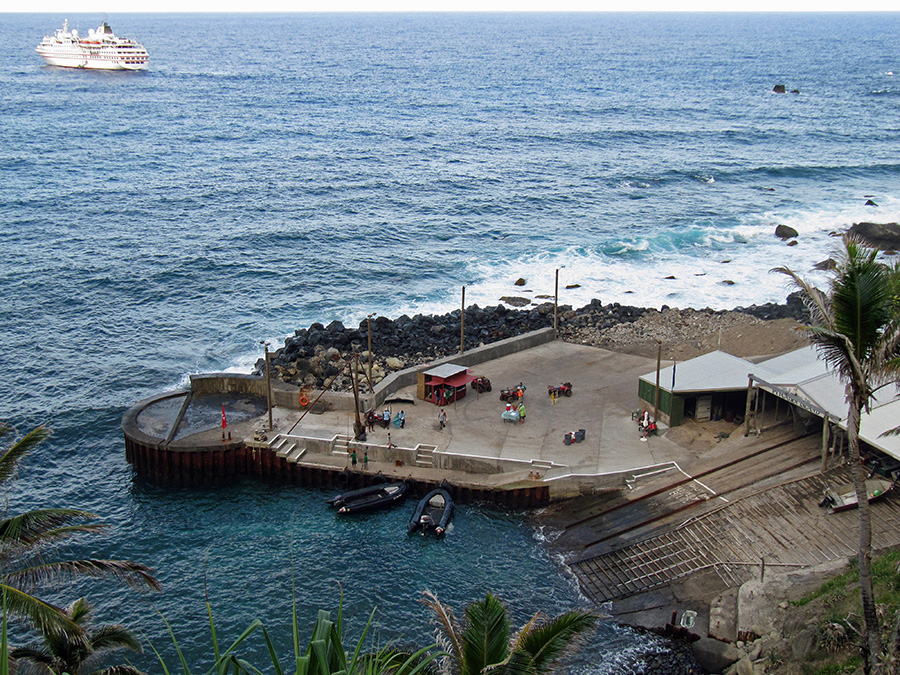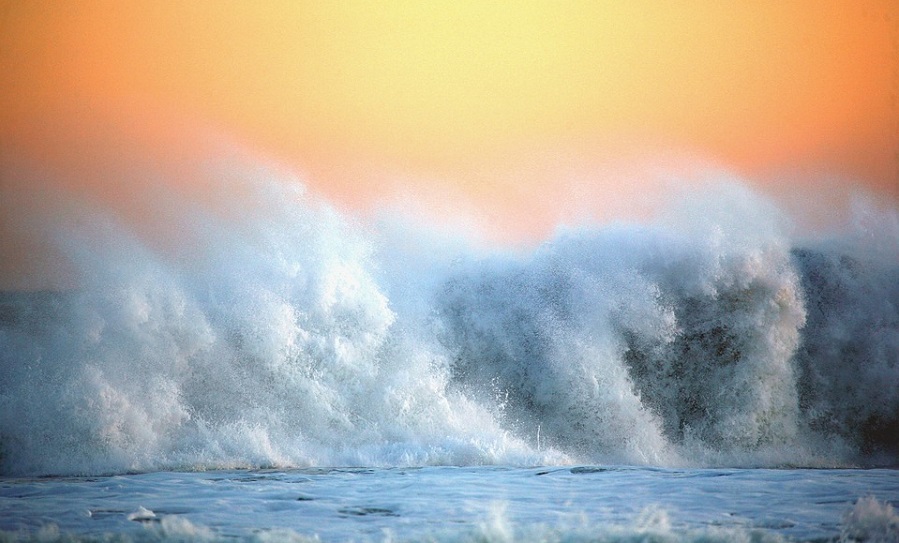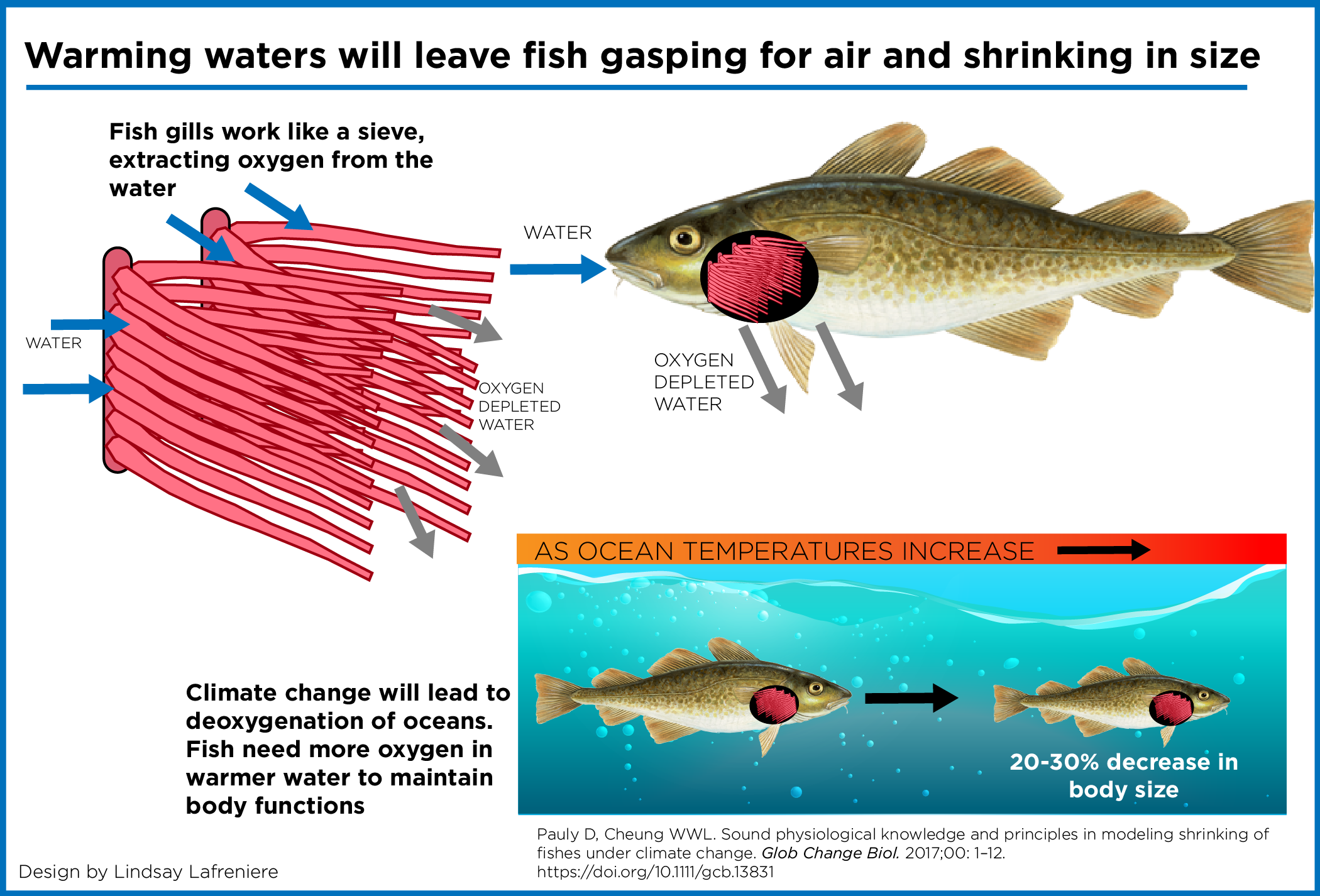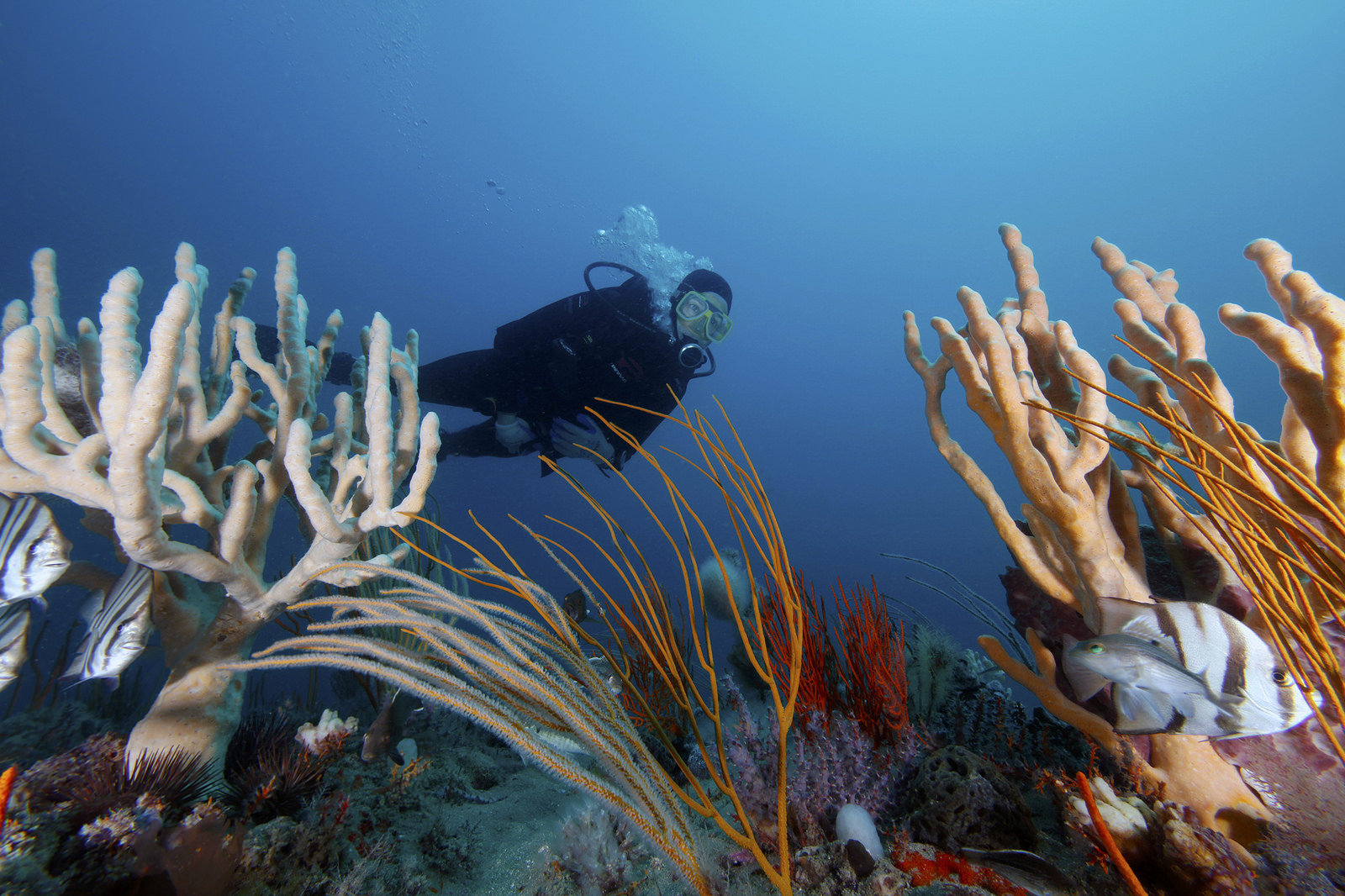The Sea Around Us Principal Investigator, Daniel Pauly, is in Peru attending a series of meetings this week and is scheduled to offer a couple of public talks to discuss his most recent research on climate change and global marine fisheries.
The first event will take place on Thursday, April 19th at the Universidad Nacional Agraria La Molina, where he will talk about the impact of fisheries and global warming on marine ecosystems.









